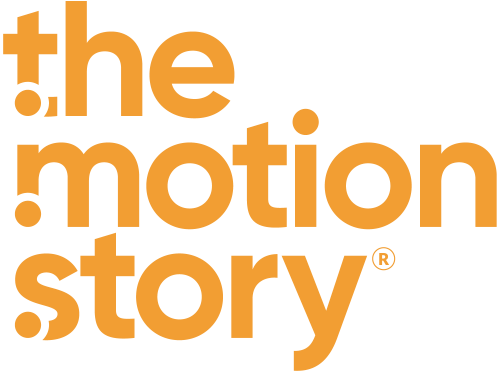Art and design have always shared a complex and fascinating relationship. While graphic design is often seen as a distinct discipline focused on creating visual solutions, it's impossible to ignore the ways in which it intersects with other art forms, such as photography, illustration, and fine arts. These crossovers not only enrich the field of graphic design but also offer unique opportunities for artistic expression and innovation. In this blog, we will delve into the intersections of graphic design with these art forms and explore how they complement and inspire one another.
Photography and Graphic Design: The Power of Visual Storytelling
Photography is a powerful medium for conveying messages, emotions, and stories. Graphic designers often incorporate photography into their work to enhance the visual impact of a design. This collaboration can result in striking visual narratives that capture the essence of a brand or a message. For example, think of a marketing campaign that uses photographs to tell a compelling story, combined with graphic elements to create a cohesive and memorable visual identity.
The integration of photography and graphic design is not limited to advertising or marketing. In editorial design, combining these two forms of art can lead to visually stunning magazines and books. Designers often merge striking images with typography to guide readers through the content, making it engaging and memorable.
Furthermore, in the digital age, social media and web design heavily rely on the integration of photography and graphic design. Users encounter a fusion of images and design elements on their screens every day. This fusion serves to convey information, emotions, and messages efficiently and aesthetically. When done right, it creates a harmonious visual experience.
Illustration and Graphic Design: Adding a Personal Touch
Illustration has a unique charm that can bring a personal and distinctive touch to graphic design. When a designer incorporates hand-drawn or digitally illustrated elements, the result often feels more individual and organic. These illustrations can create a sense of whimsy, storytelling, and nostalgia that is hard to achieve with photography alone.
Illustrations in graphic design can range from intricate, detailed artwork to simple, minimalist line drawings. They can be used to create custom icons, infographics, branding elements, or even entire packaging designs. The versatility of illustration allows designers to tailor their visuals to the specific needs and character of a project.
Additionally, illustrative elements can be used to bridge the gap between photography and graphic design. By combining custom illustrations with photographs, designers can create unique and memorable compositions that capture the viewer's attention and imagination. This approach is particularly popular in advertising and branding, where creating a distinct visual identity is essential.
Fine Arts and Graphic Design: Elevating the Visual Language
Fine arts, including painting, sculpture, and traditional art forms, offer graphic designers a deep well of inspiration. Art history, in particular, has been a source of reference and reinterpretation for graphic designers for decades. The principles of composition, color theory, and artistic movements have all influenced graphic design in significant ways.
Incorporating elements from fine arts into graphic design can elevate the visual language. For instance, the bold and abstract shapes from the Cubist movement can inspire innovative poster designs. The vibrant and expressive brushwork of Impressionism can find its way into digital design, adding texture and depth to layouts. Fine art references can also bring a sense of timelessness and sophistication to branding and identity projects.
Furthermore, fine arts provide graphic designers with a fresh perspective on experimentation. The willingness to break from conventions and push creative boundaries, characteristic of many fine artists, can spark unconventional and groundbreaking design ideas.
The Fusion of Art and Design: A Continuous Evolution
The intersections of graphic design with photography, illustration, and fine arts are not fixed points but dynamic areas of exploration. As technology advances and artistic movements evolve, the opportunities for crossovers continue to grow. Designers, photographers, and artists now have an array of digital tools at their disposal, enabling them to seamlessly integrate various elements into their work.
In a world driven by visual communication, understanding and embracing these crossovers is essential. The synergy between graphic design and other art forms enriches the field and allows for more expressive, memorable, and impactful visual communication.
As the lines between traditional disciplines continue to blur, we can expect to see even more exciting innovations at the intersection of art and design. The collaborations and crossovers between these fields are bound to produce new visual languages that will continue to shape our world and captivate our senses.

